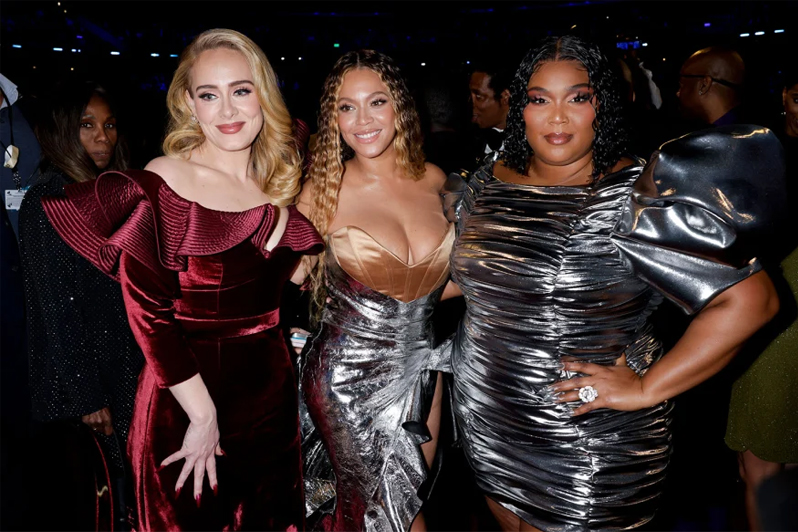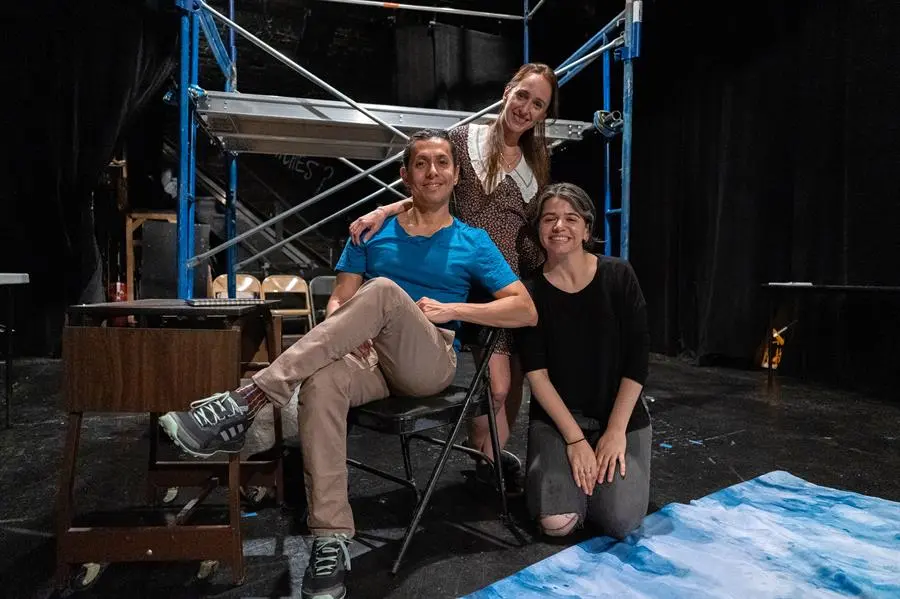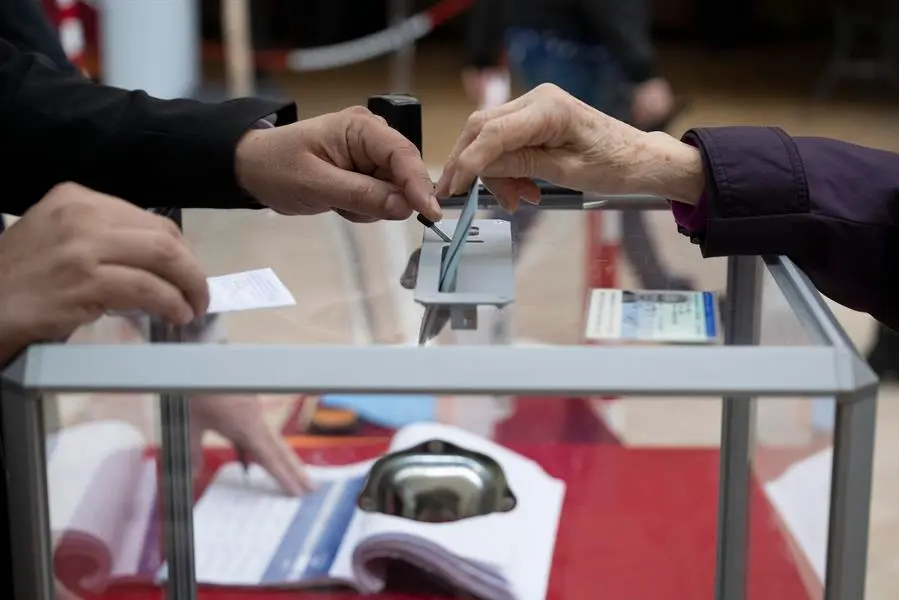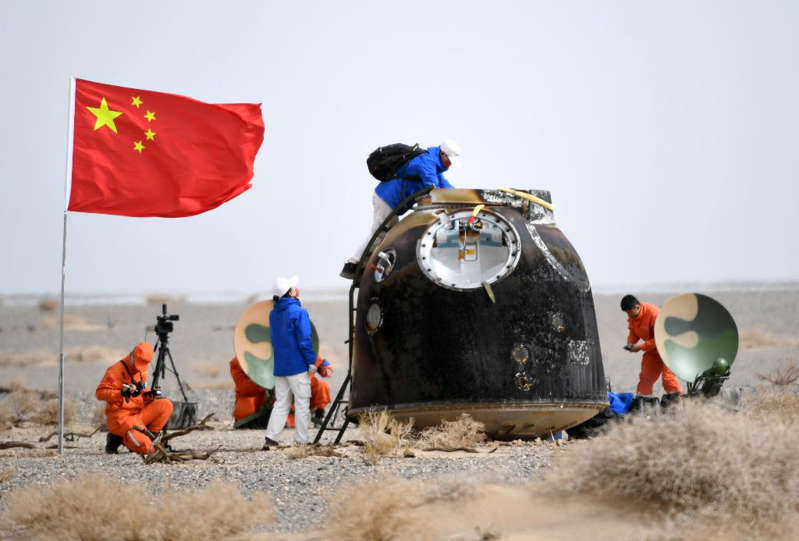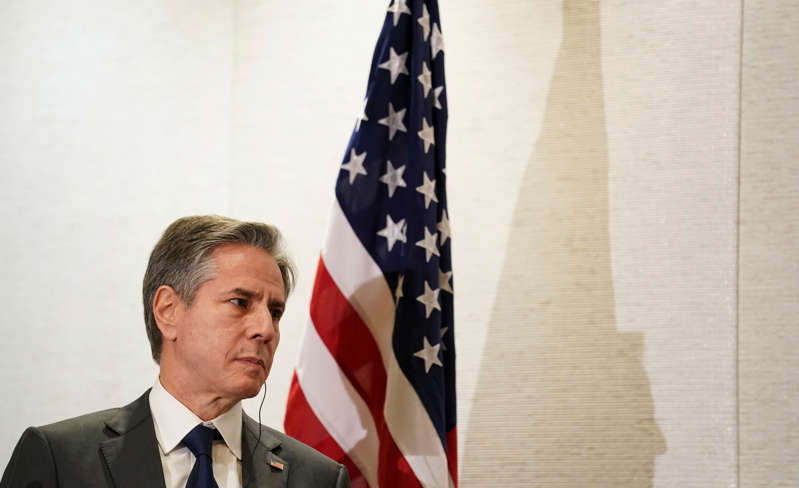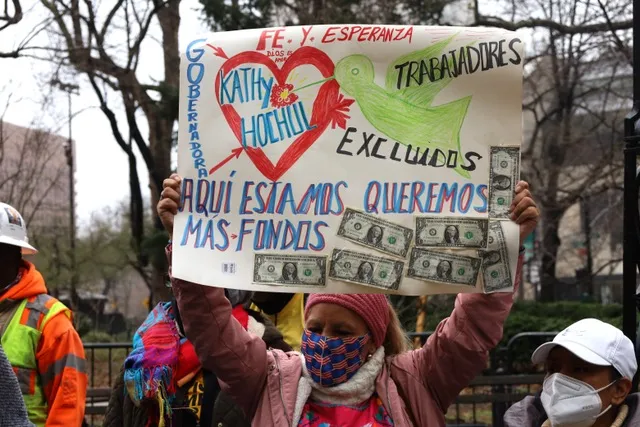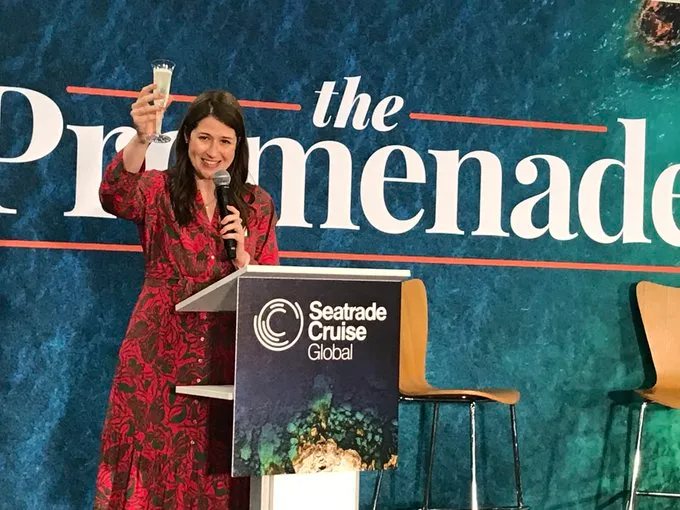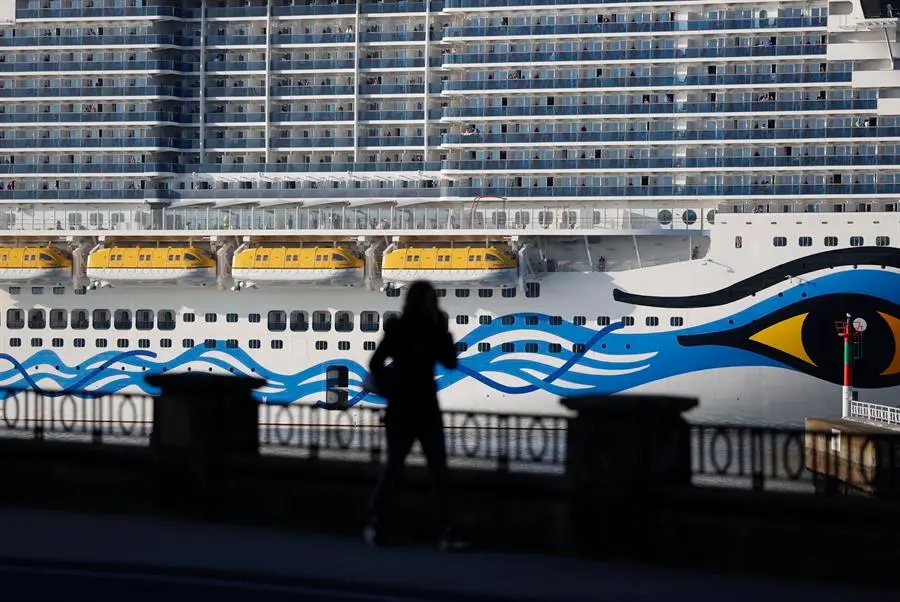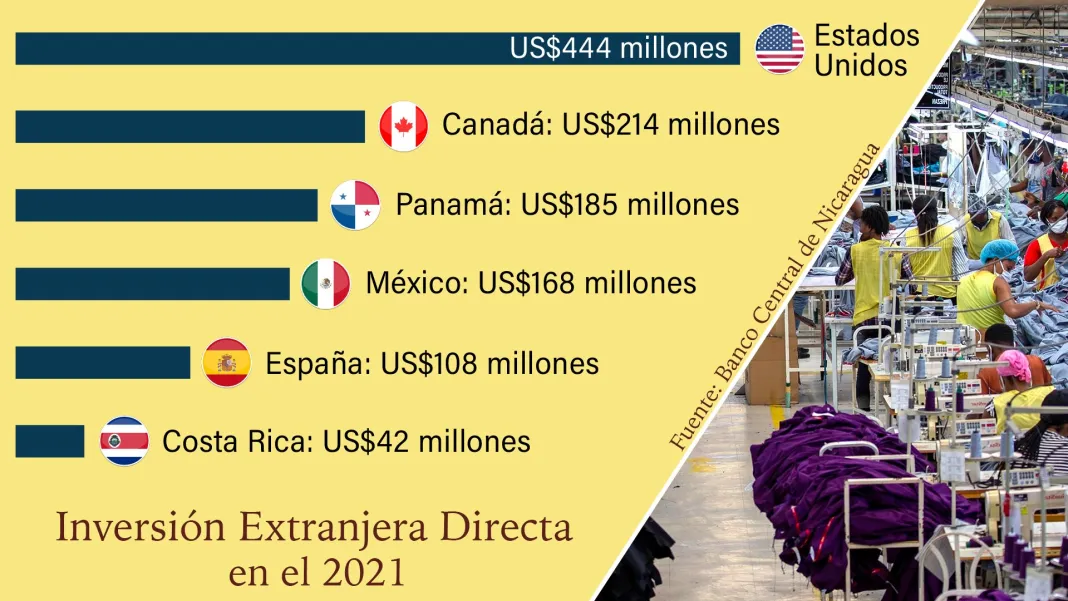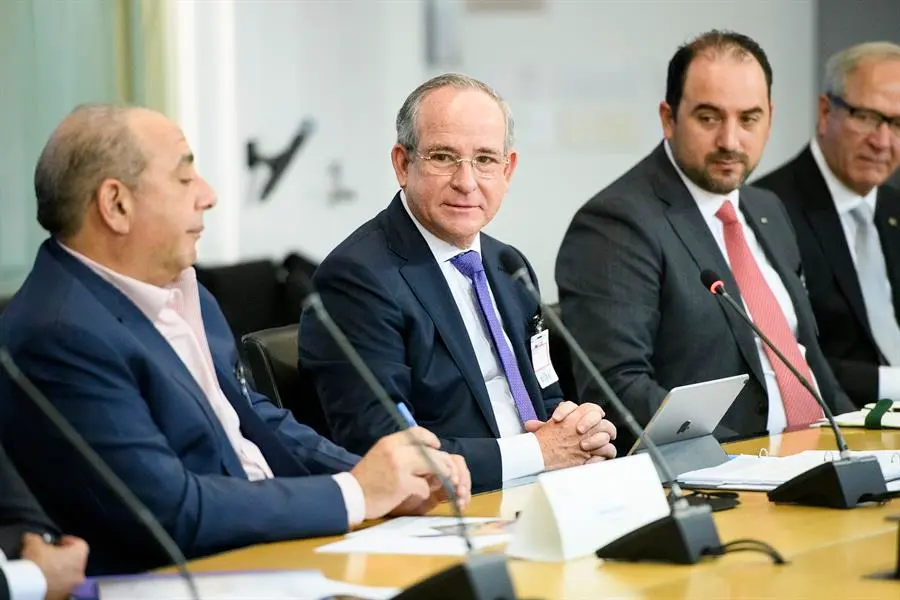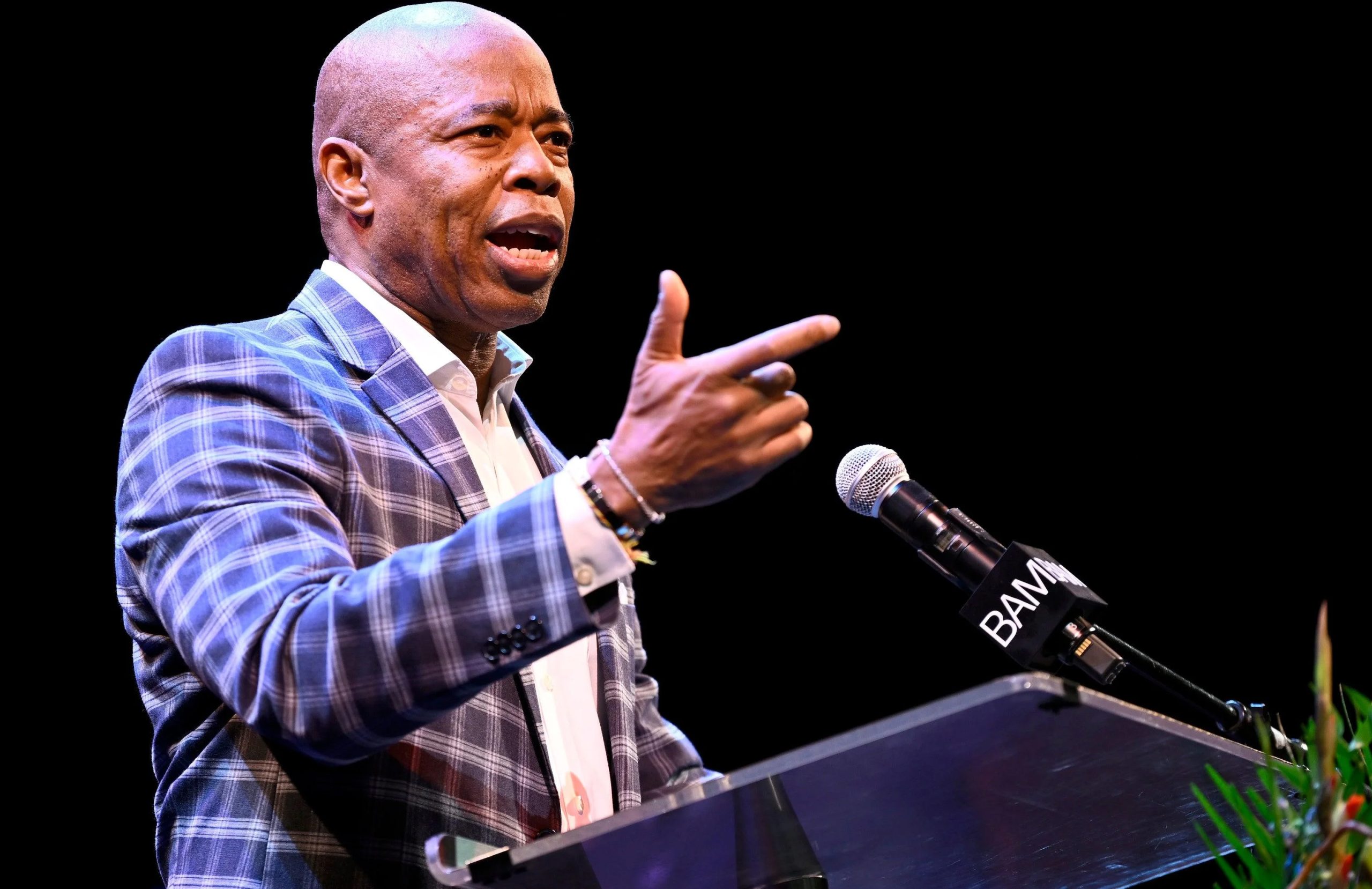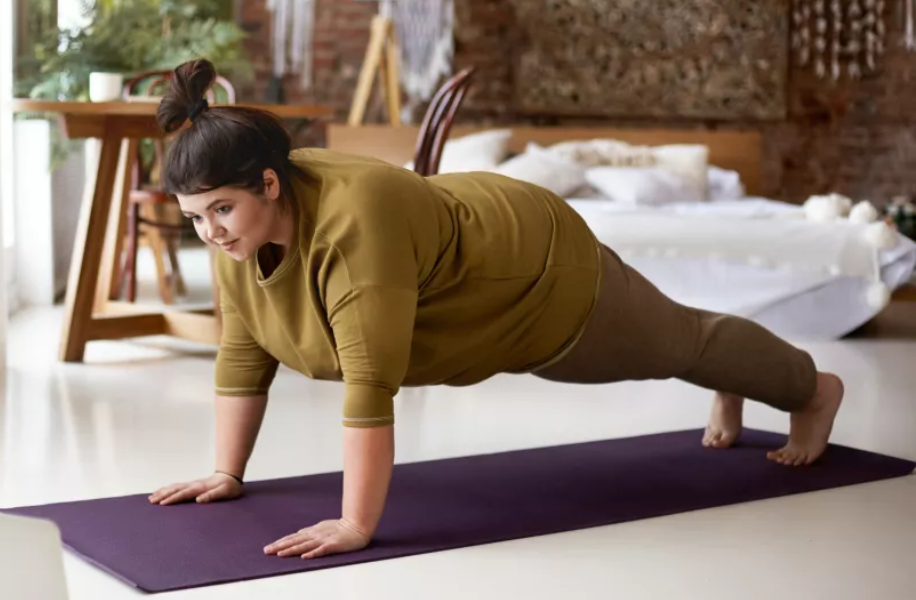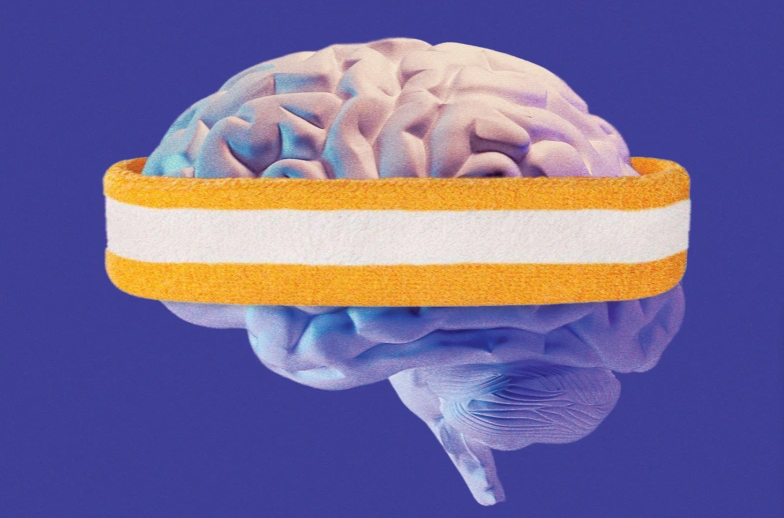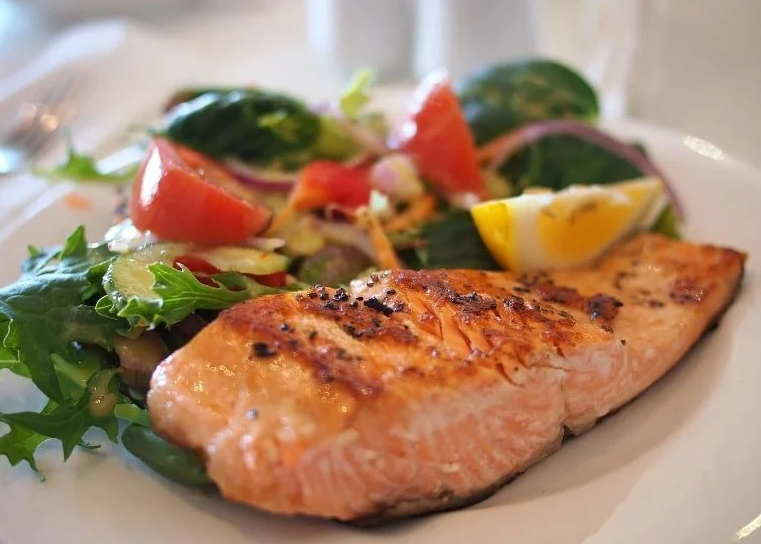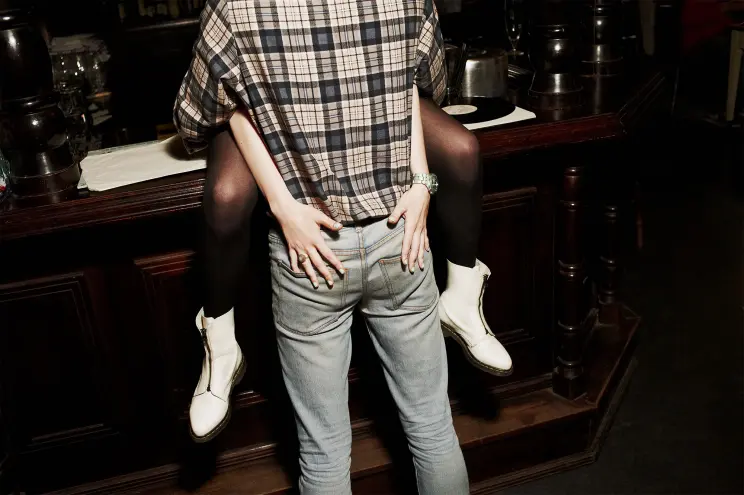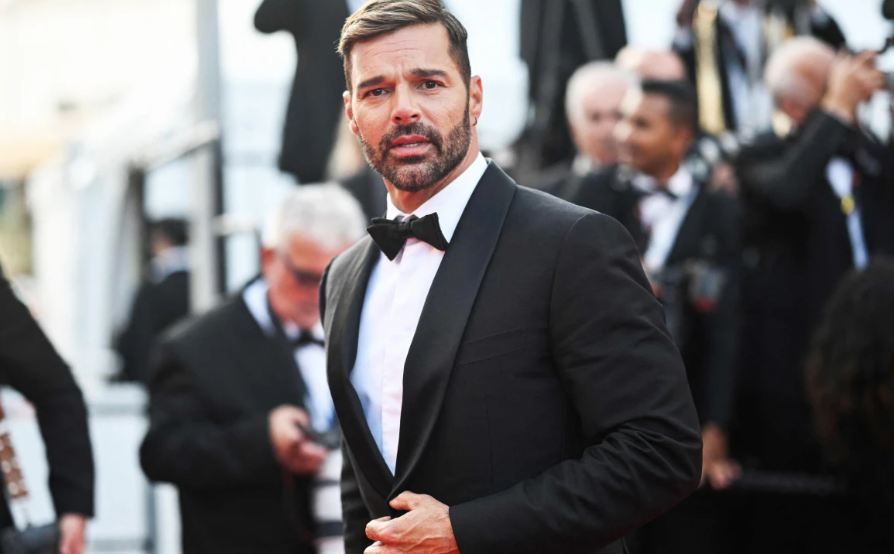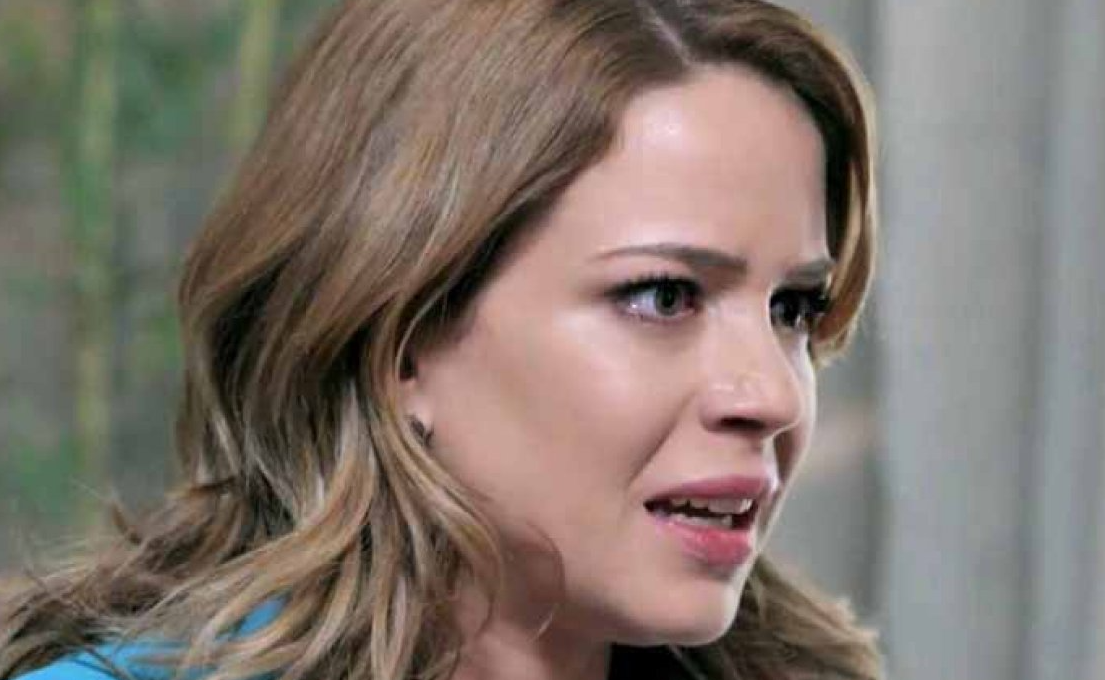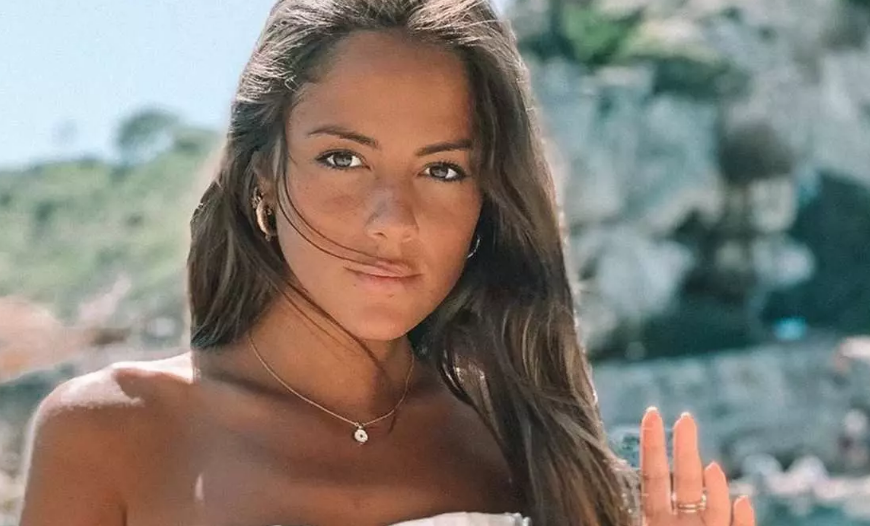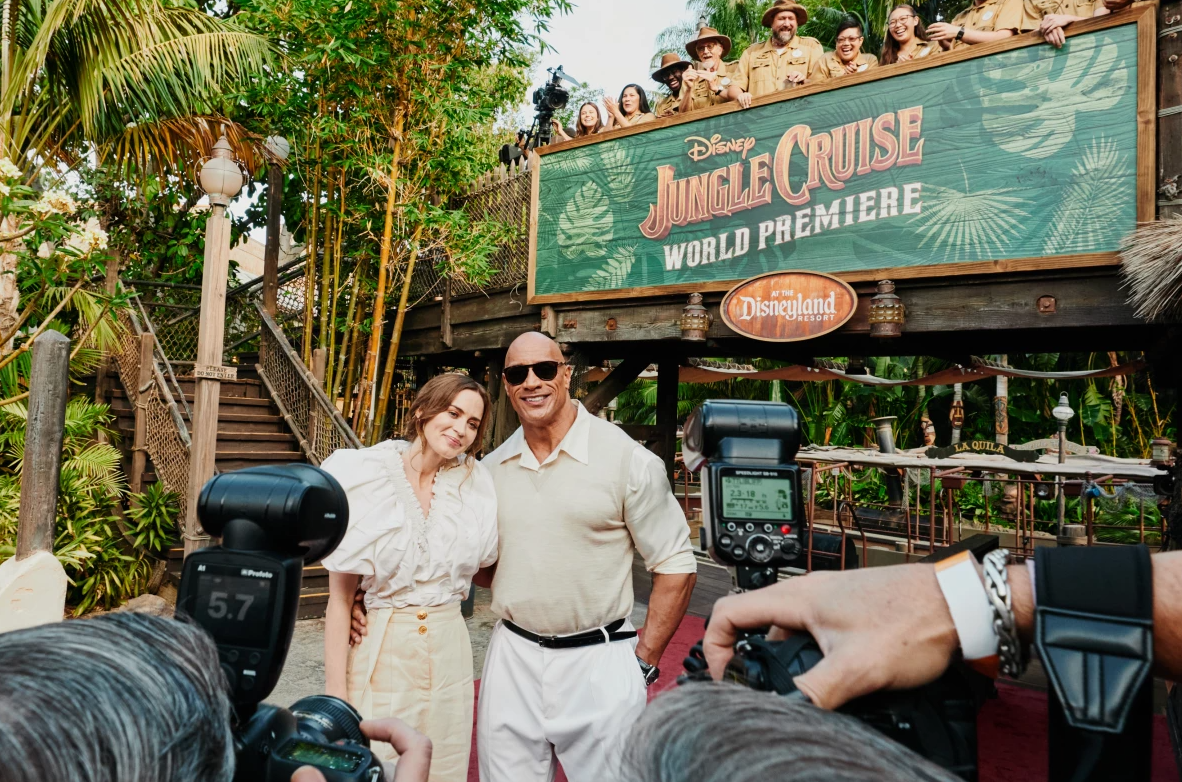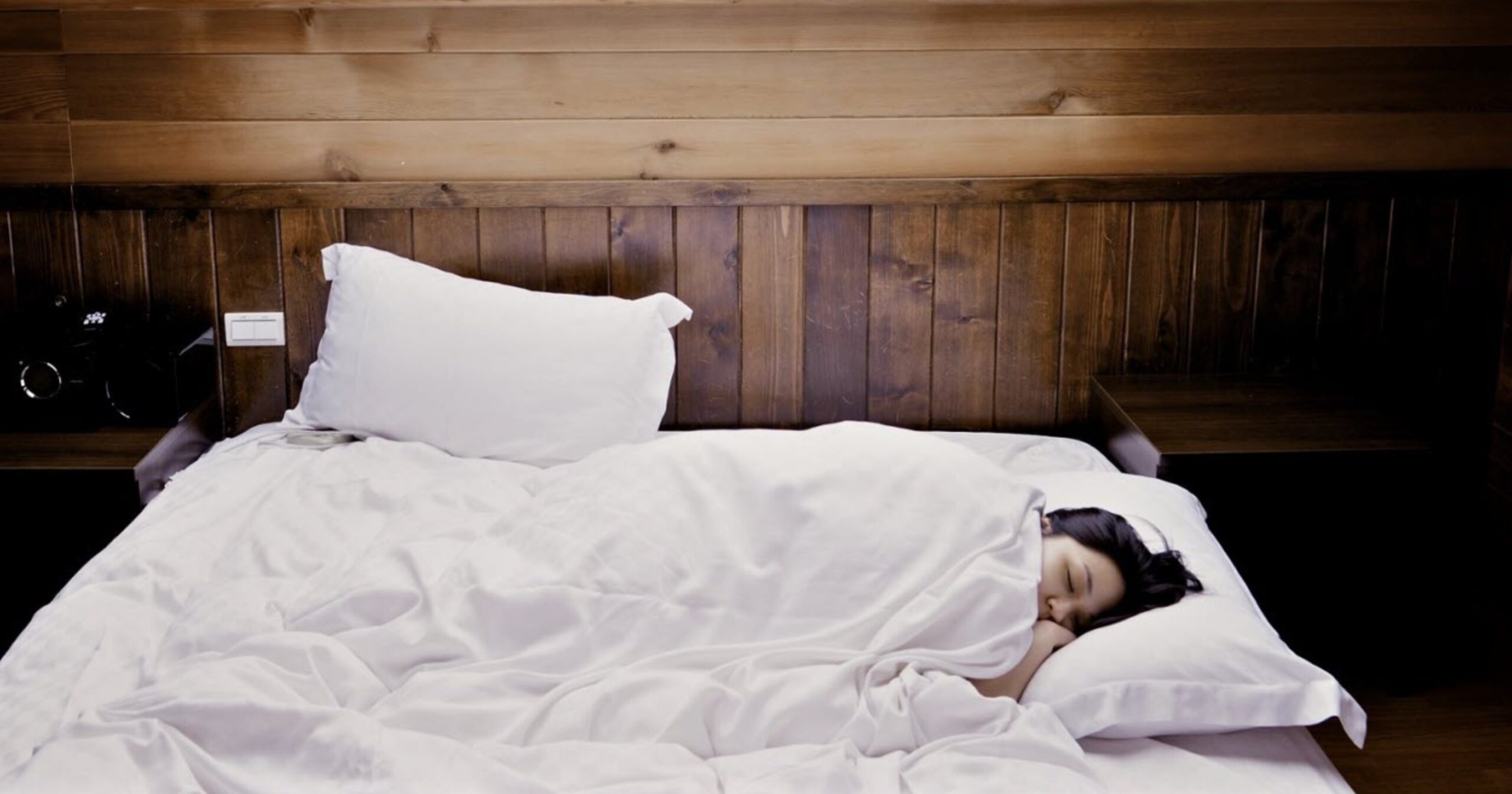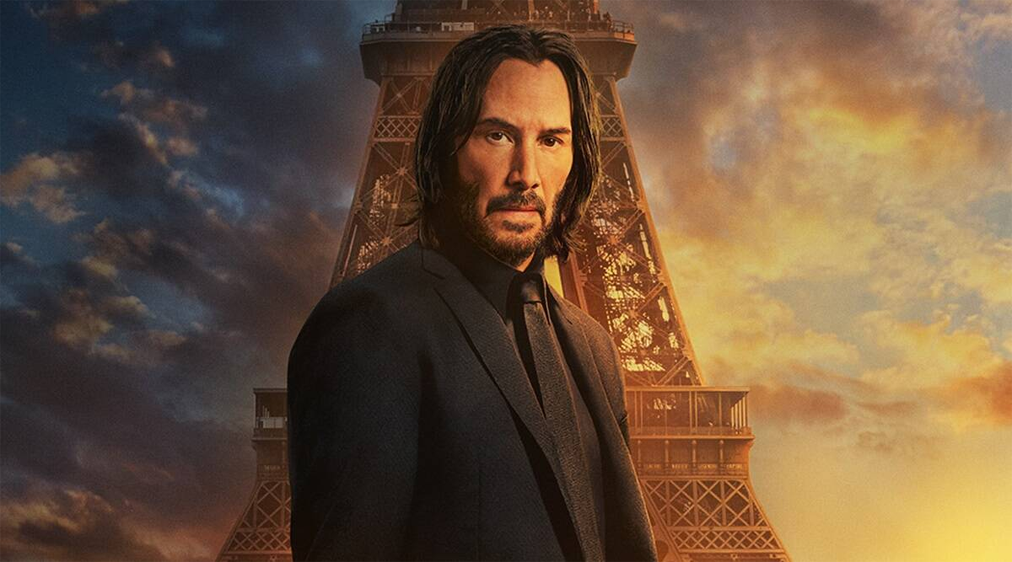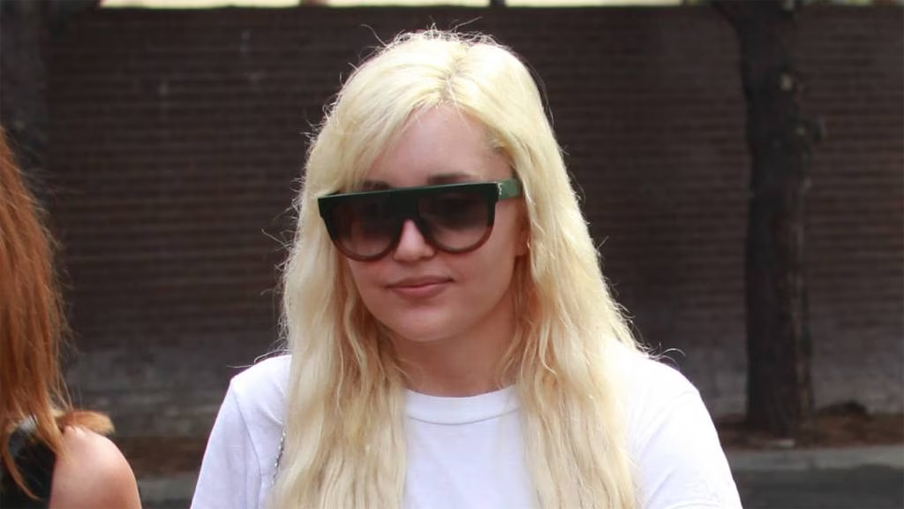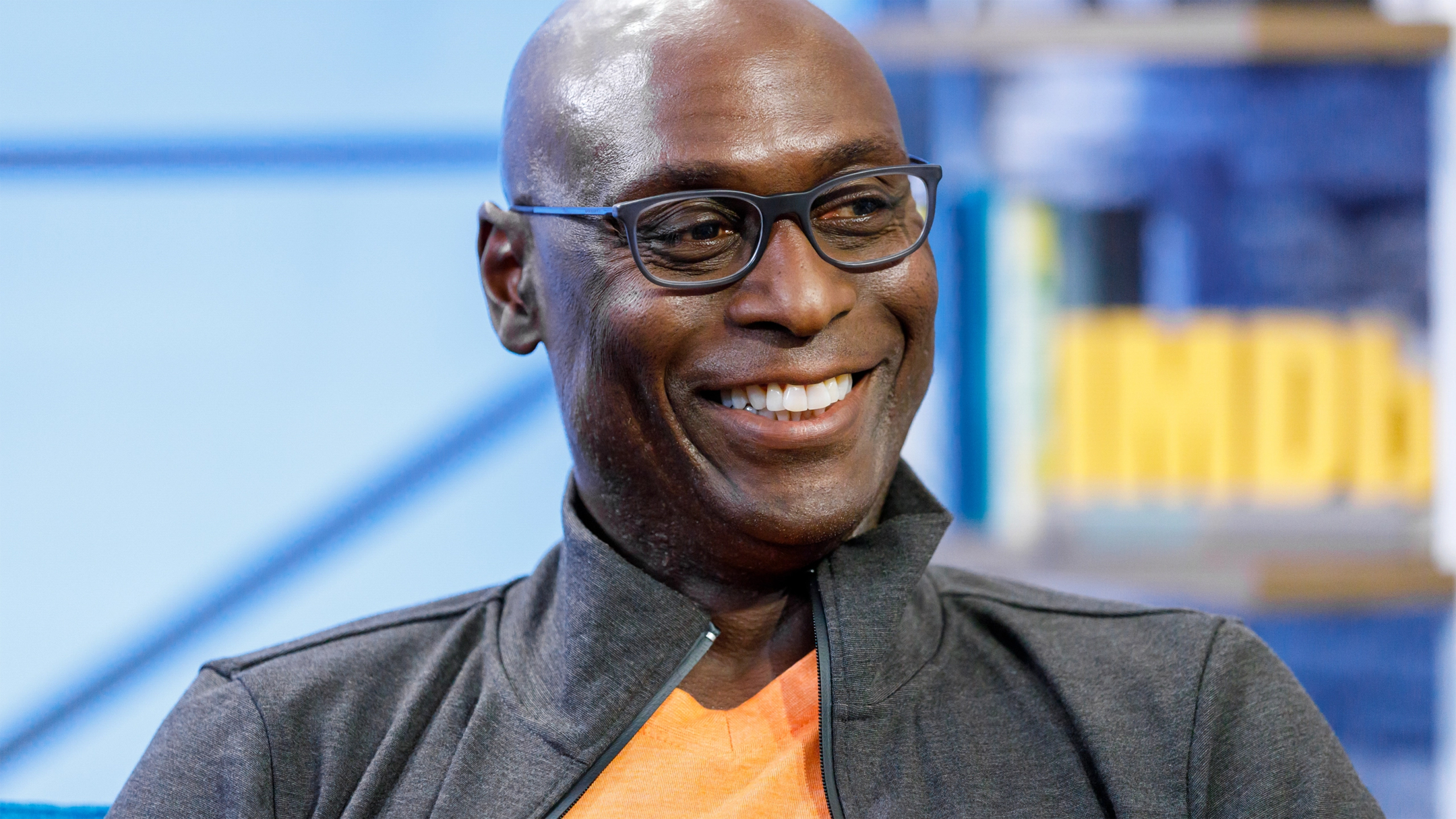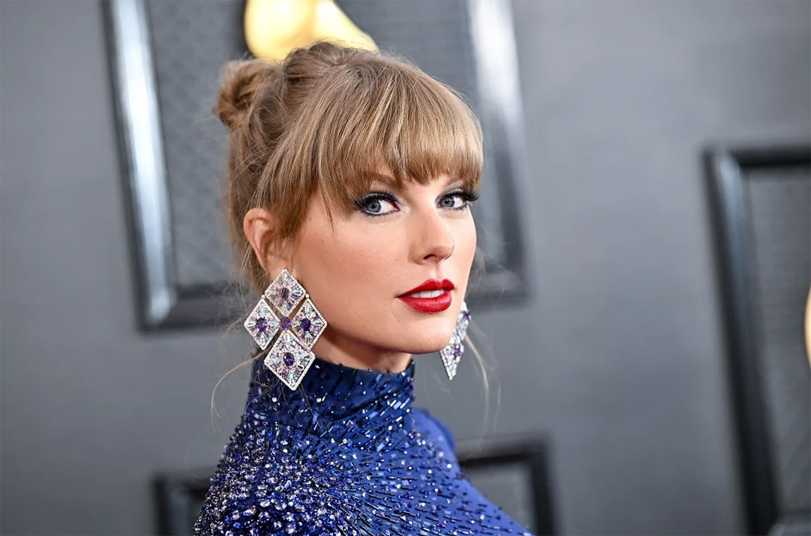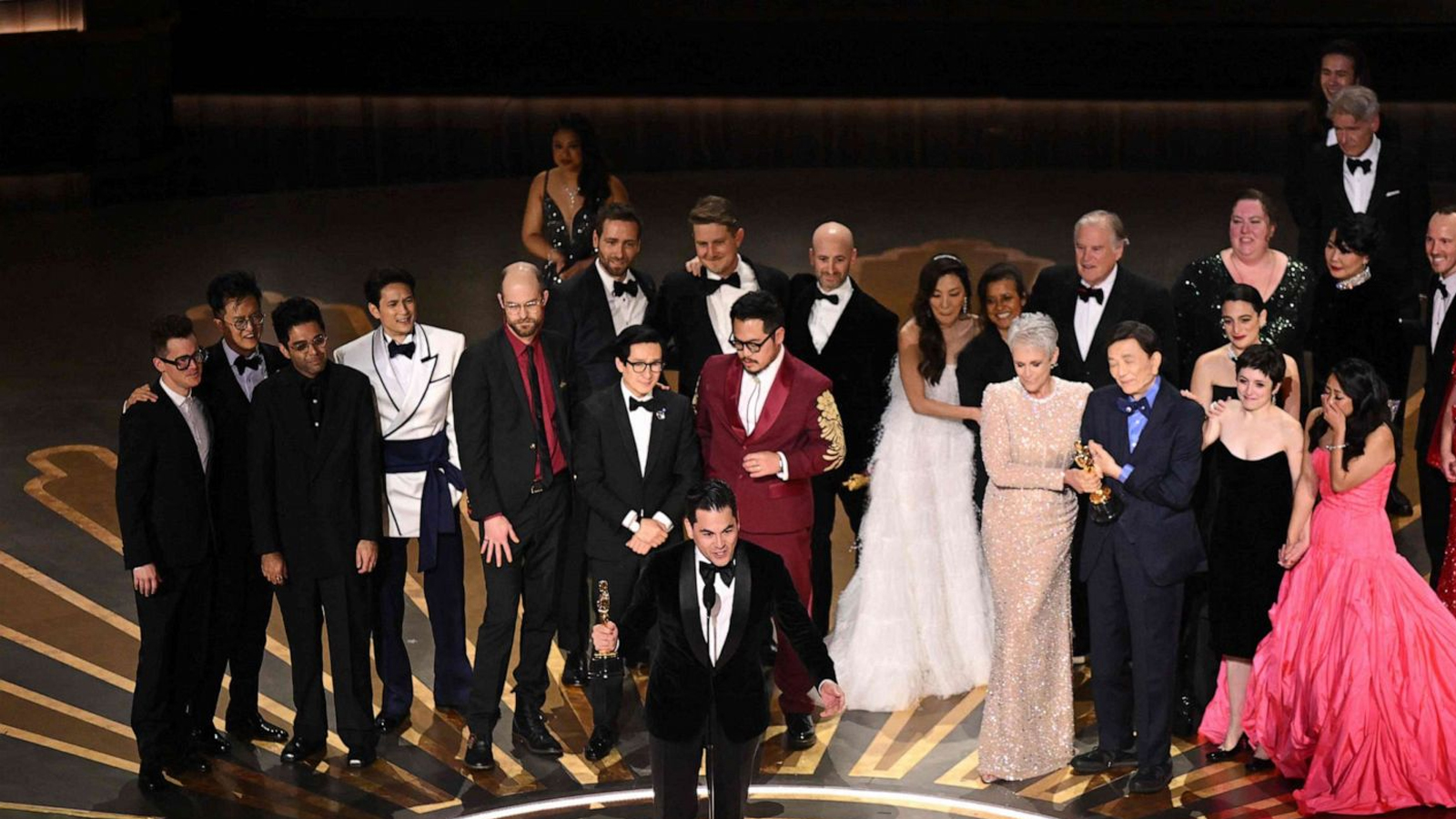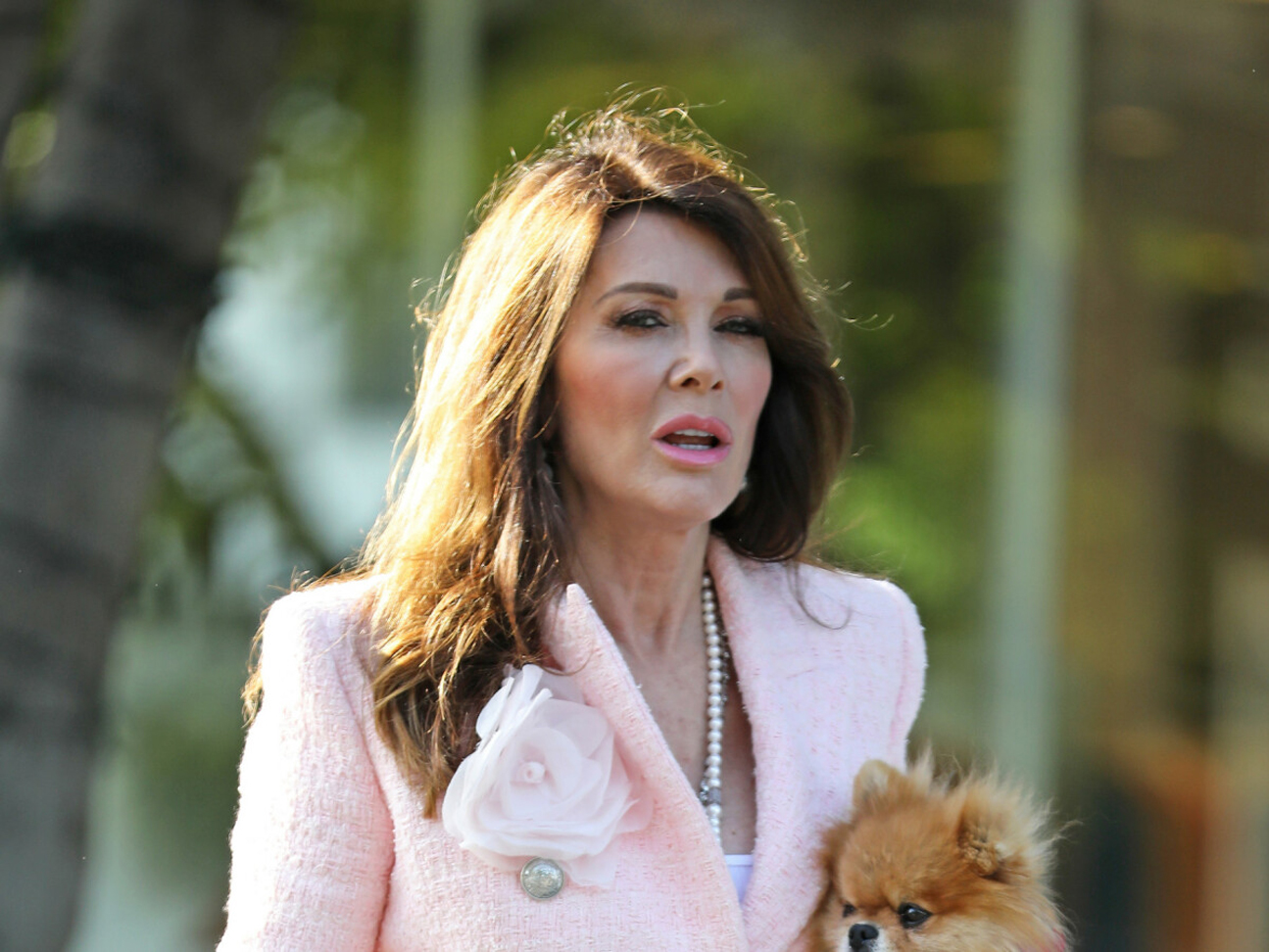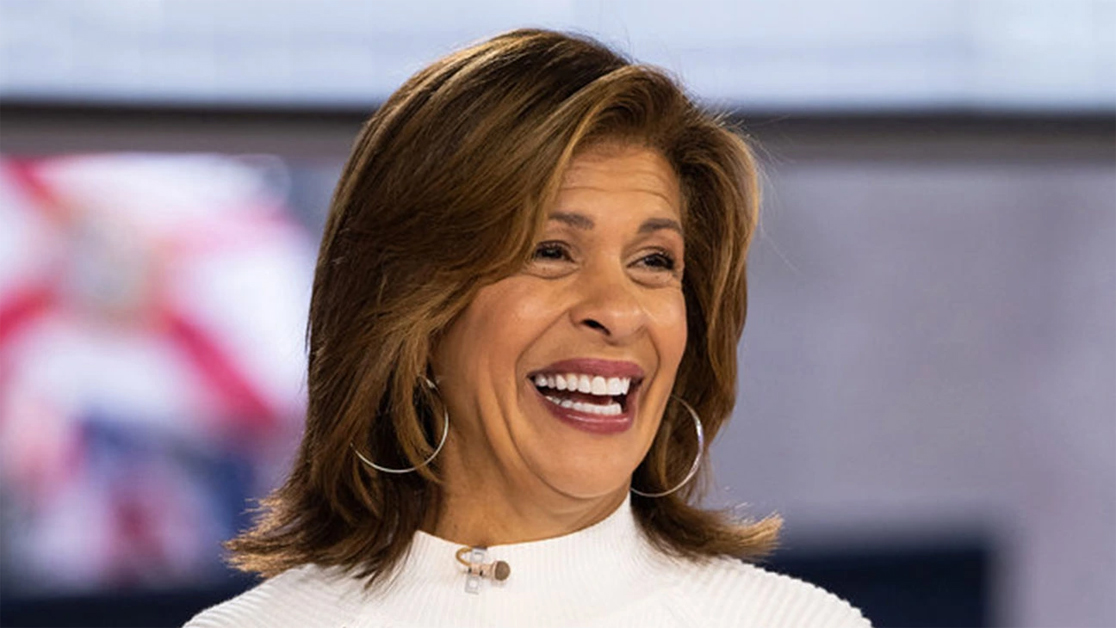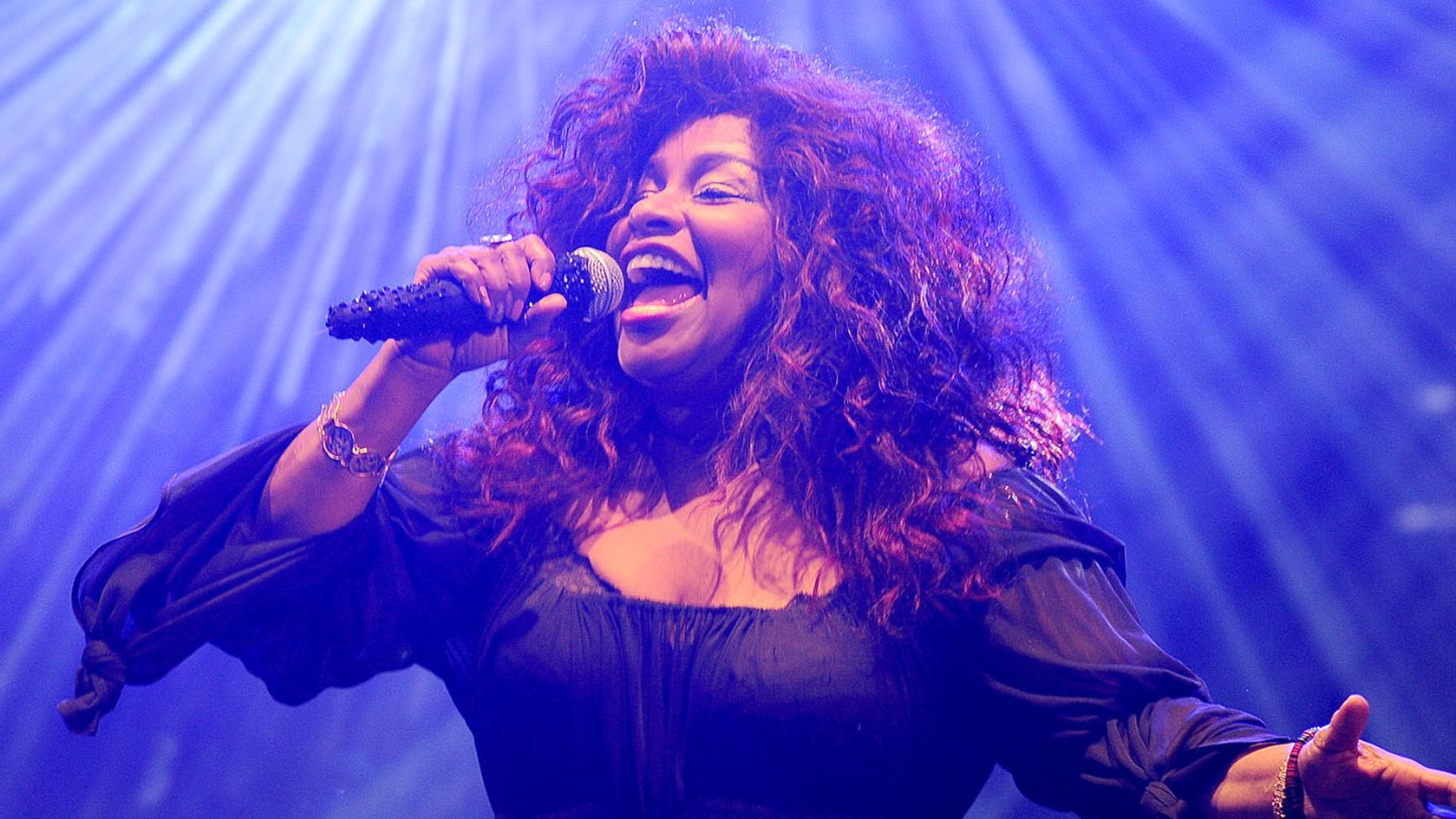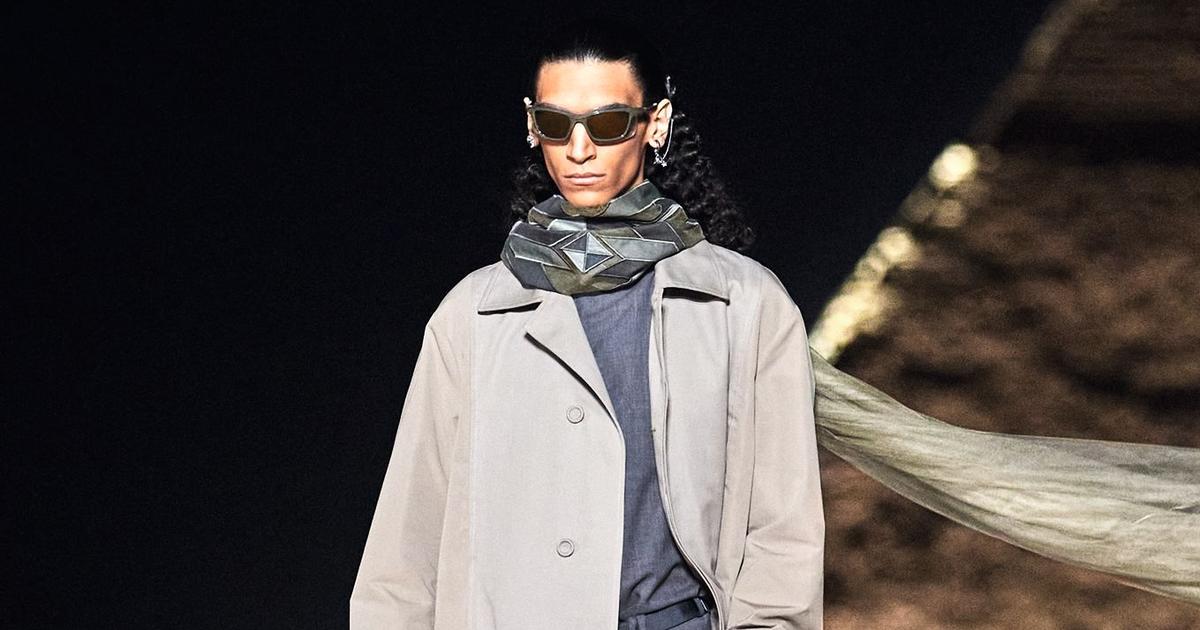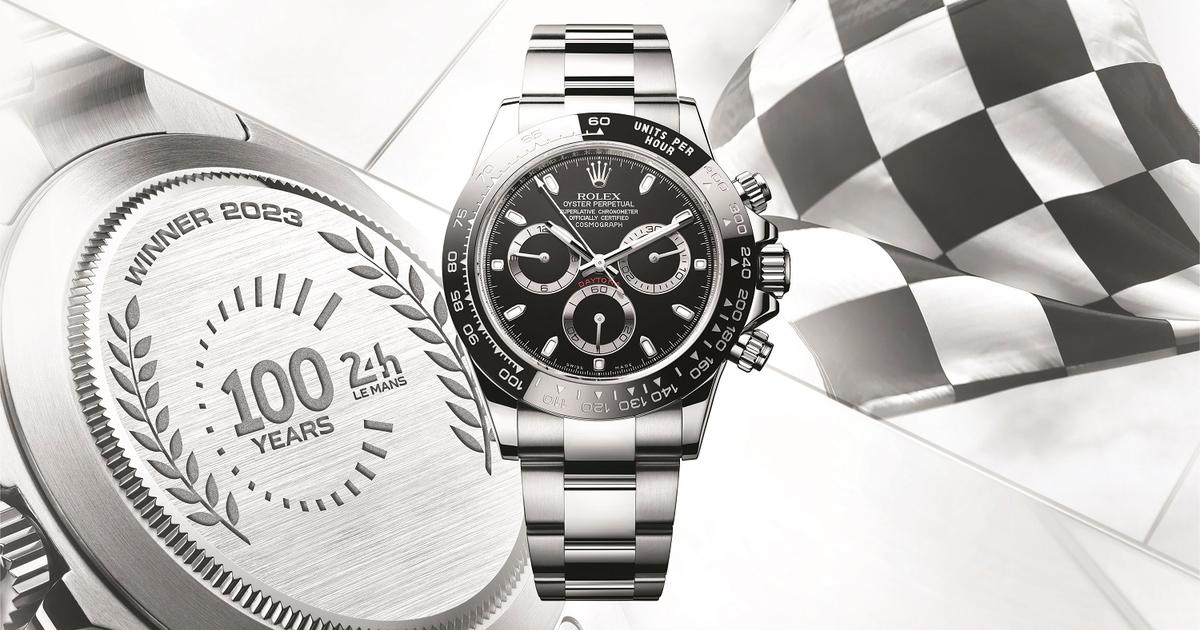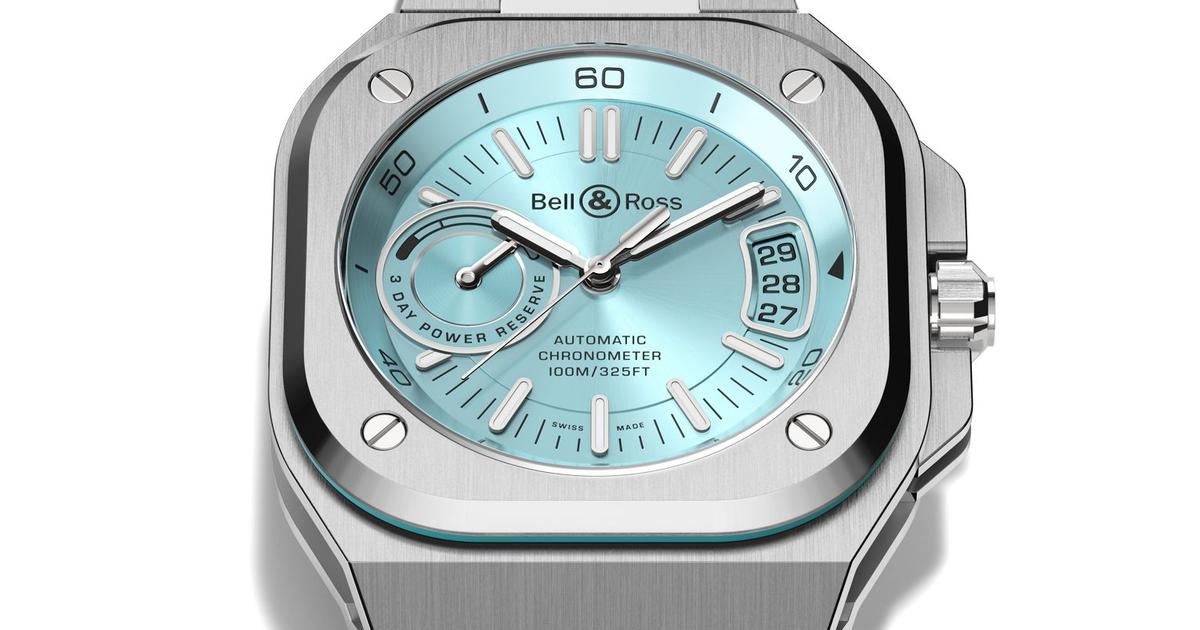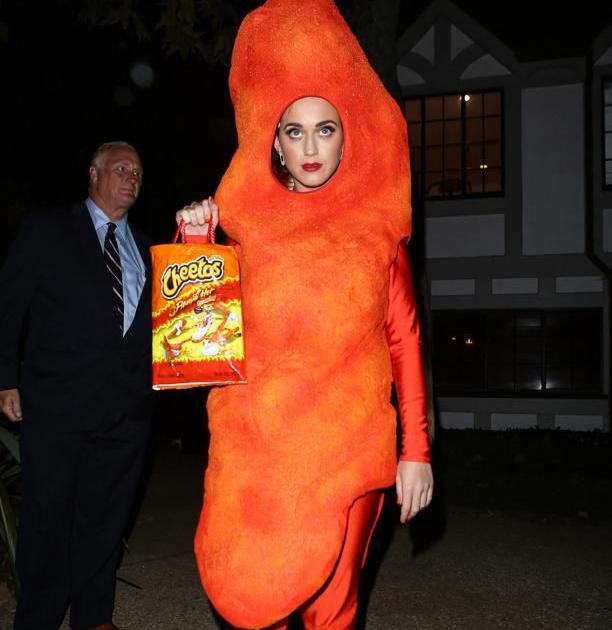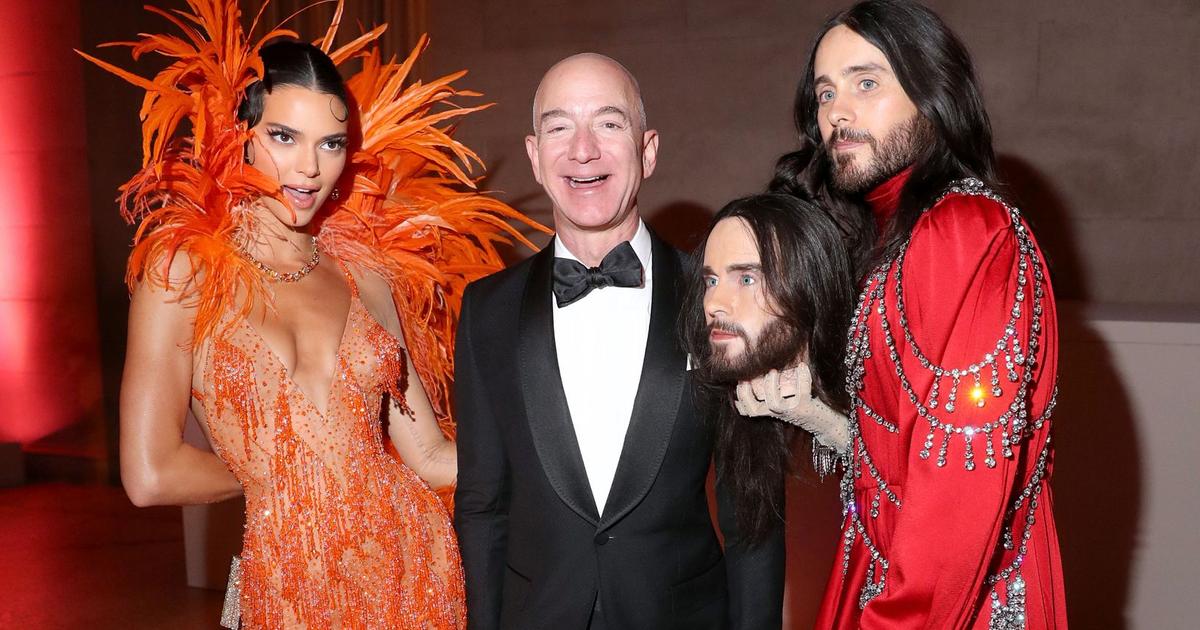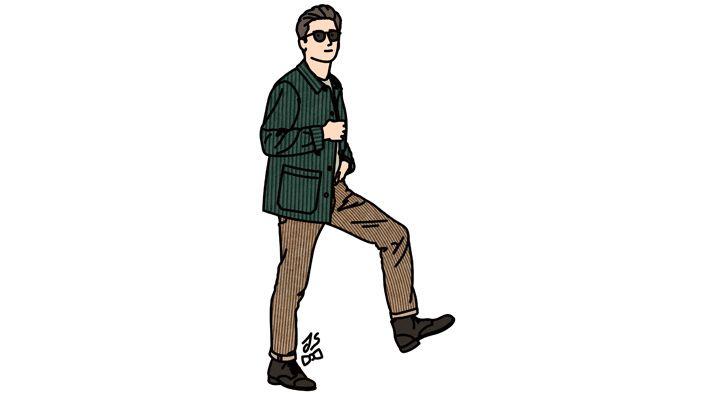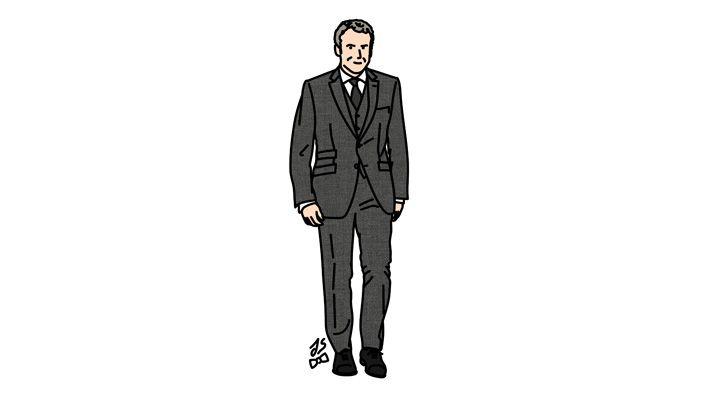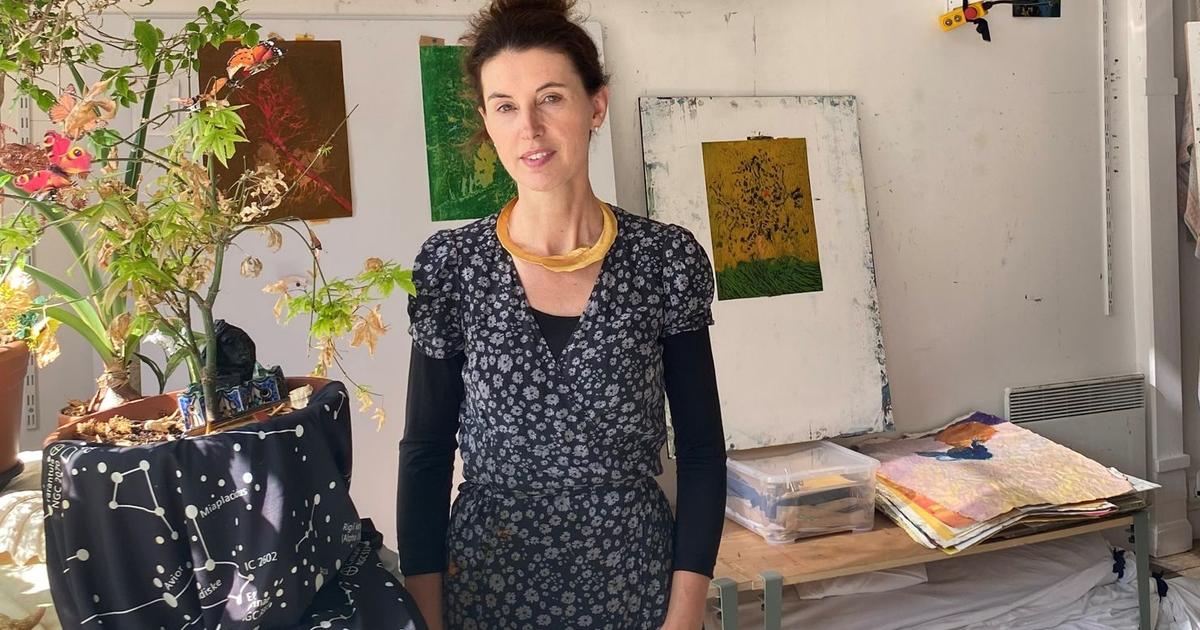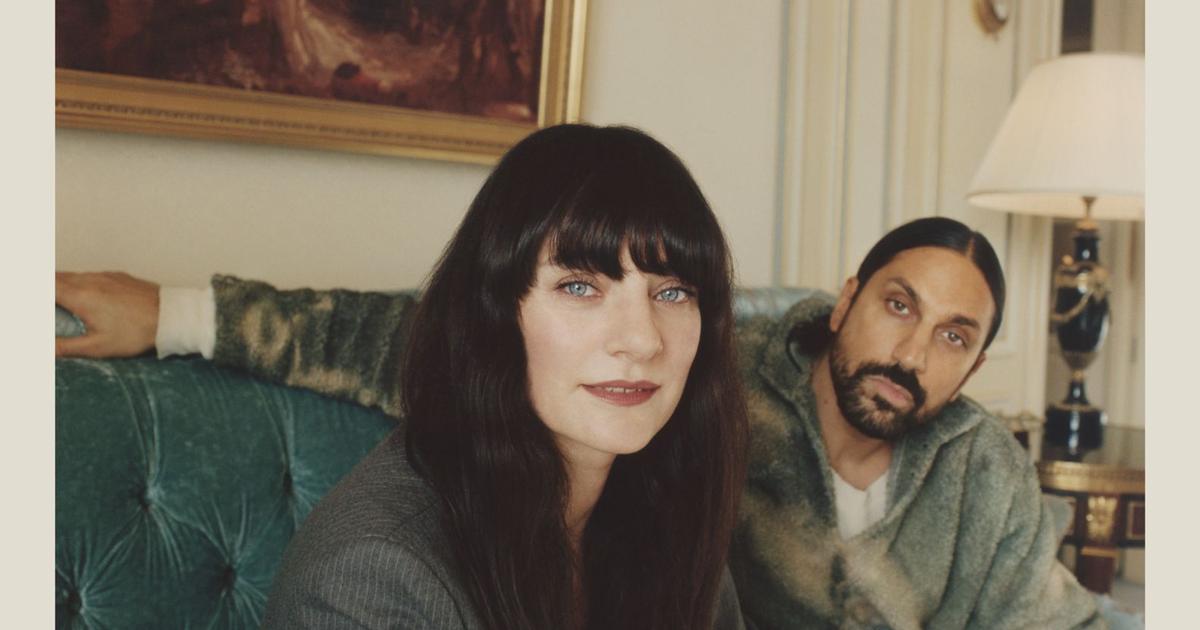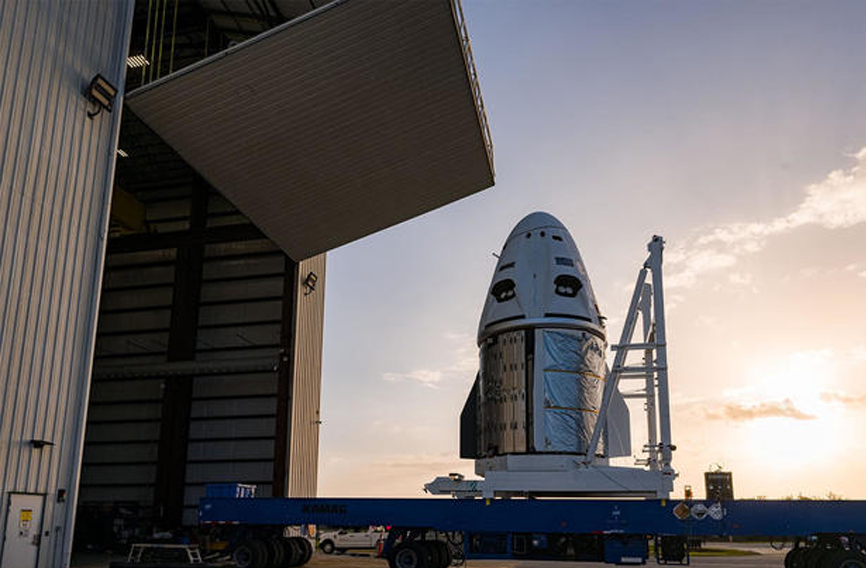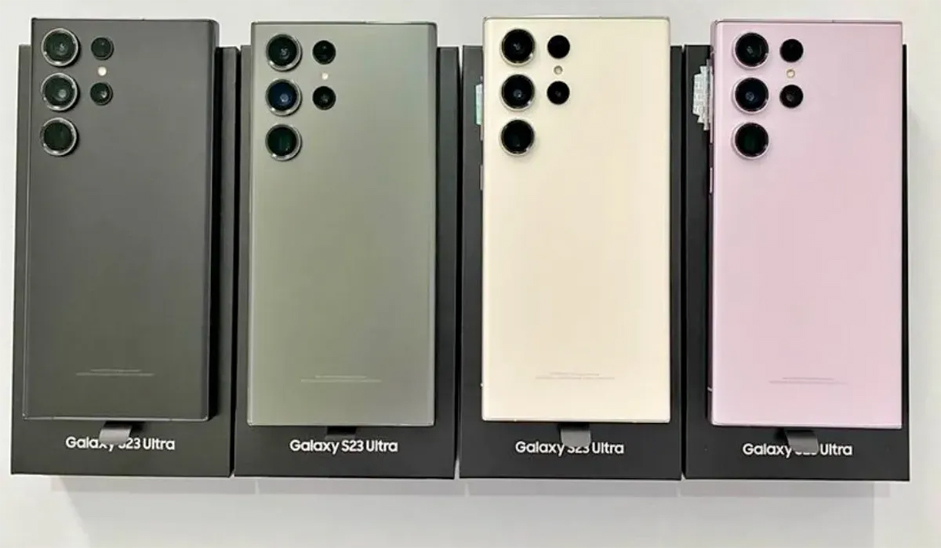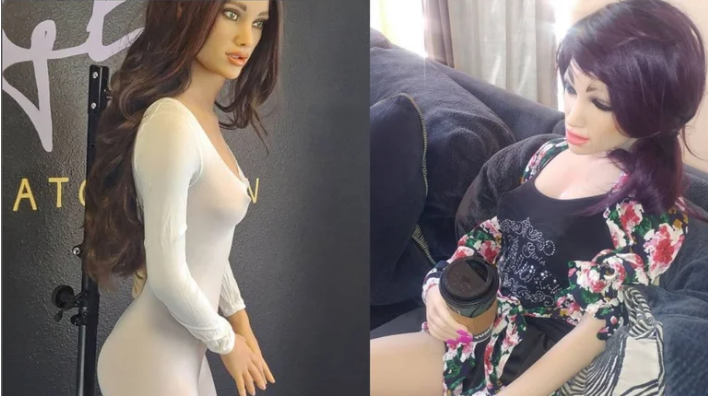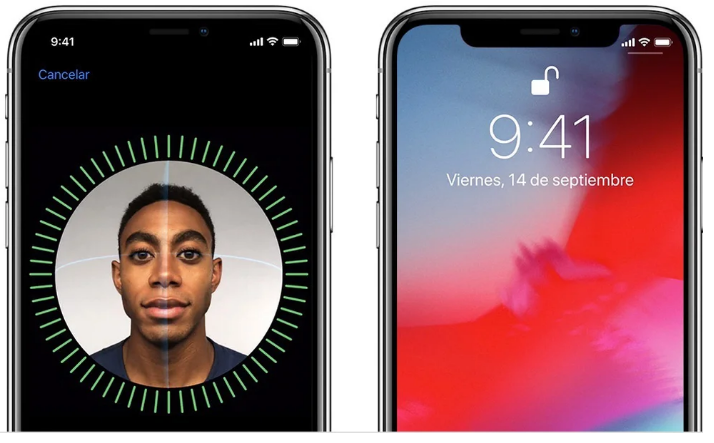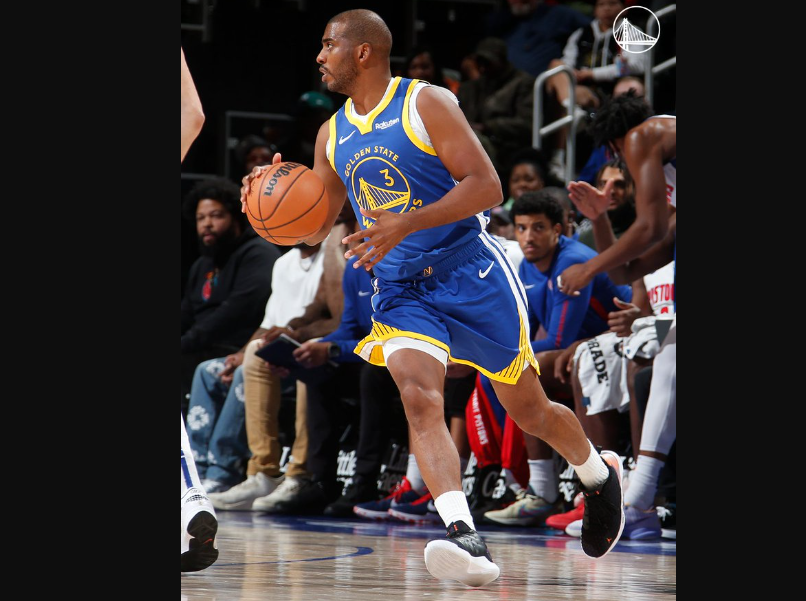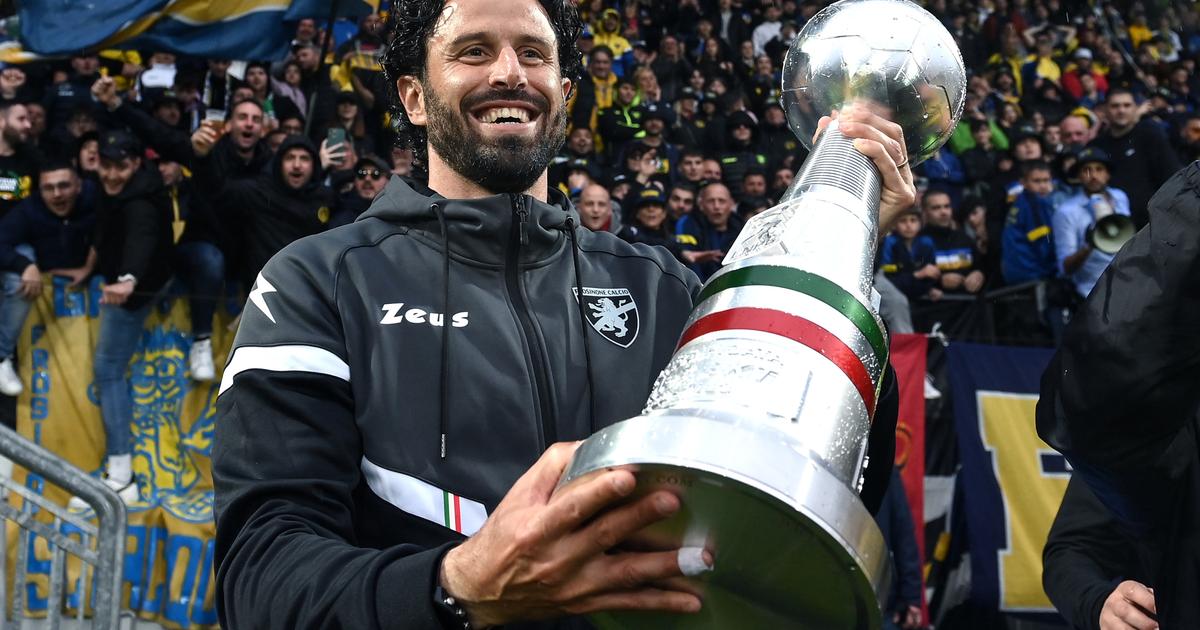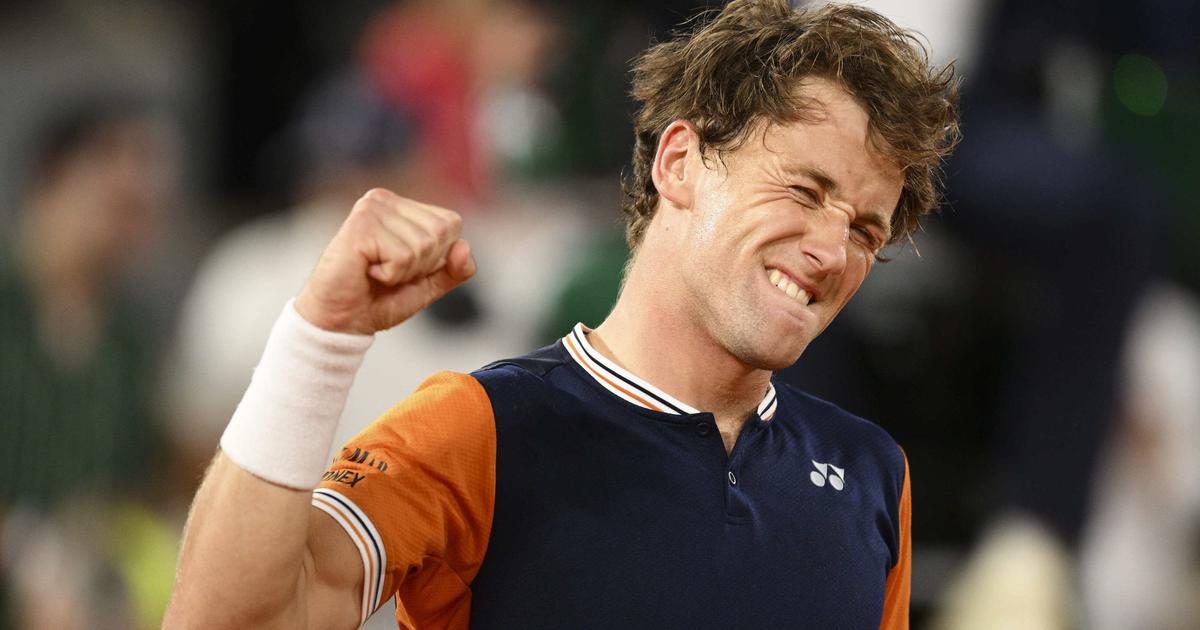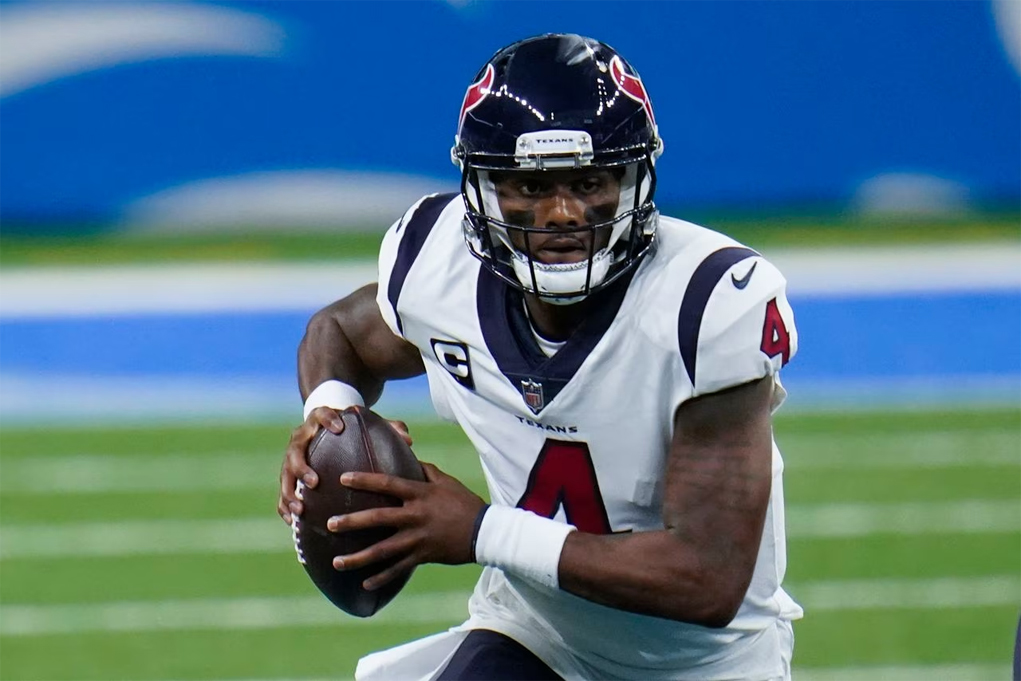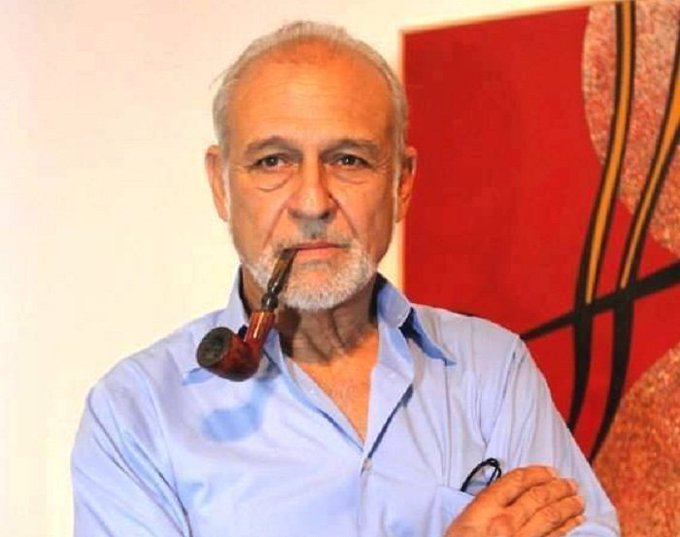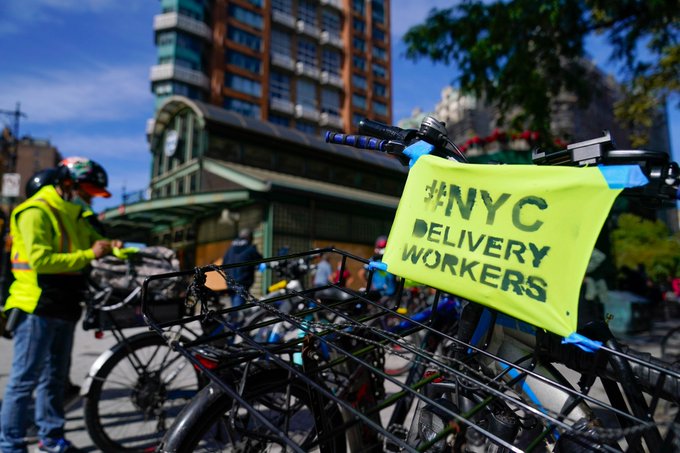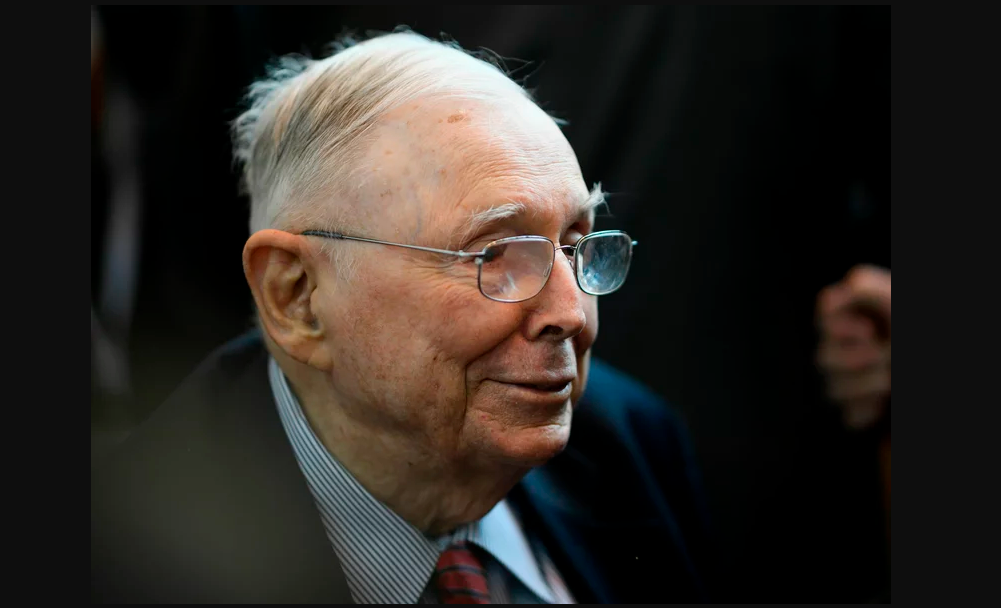Cuban sculptor and ceramist Rafael Consuegra, well known for his monumental pieces with winged figures inspired by angels, died in Miami at the age of 80 victim of a heart attack, confirmed his assistant, Paola Marino.
“He was a tireless creator and a dreamer. He did not stop working until the last of his days,” said Marino about Consuegra (Havana, 1941-Miami, 2021), whose work, inspired “in movement and balance” , has been installed in various parts of the world, both in Europe and America.
According to the information provided by his assistant for more than 20 years, Consuegra passed away last Friday, one day after his 80th birthday.
With pieces mainly of metal and large format that can be seen outdoors in South Florida, where the artist went into exile in 1960, the best known worldwide is nevertheless in Russia, Marino recalled this Monday.
It is “The Fisherman” (1991) , on the shores of Lake Onega, in the city of Petrozavodsk, with which he won an international competition on behalf of the United States.
Marino described Consuegra as “very versatile”, both in his abstract and figurative work.
“In recent years he was inspired a lot by angels, by the wings of angels,” Marino details.
Another winged sculpture his assistant highlighted is “The Guardian Of The River,” commissioned by the city of Jacksonville and completed in 2017.
The work is a mandatory stopping point for tourists visiting the center of this city in northeast Florida.
Another well-known sculpture of the Cuban is the one that can be seen in the open air at Florida International University (FIU), in Miami, entitled “La sardana” (1999-2001).
South Florida also highlights his five monumental sculptures installed in the Jesuit school in Belen, representing five sports, as well as “Illusions”, commissioned by the city of Hialeah, adjacent to Miami, and where the artist mixed the metal with fiberglass, detailed Marino.
“All my sculptures are inspired by movement and balance,” said the artist himself, according to his personal website.
Consuegra exhibited in France, Spain, Denmark and Switzerland, and after eight years in Europe, he returned to the United States, where he established a permanent studio in Miami and concentrated his efforts on commissions.
“I had friends everywhere. He was part of my family and I don’t know if I see him objectively, but for me he is the best artist who has represented Cuba” abroad, said Marino.

